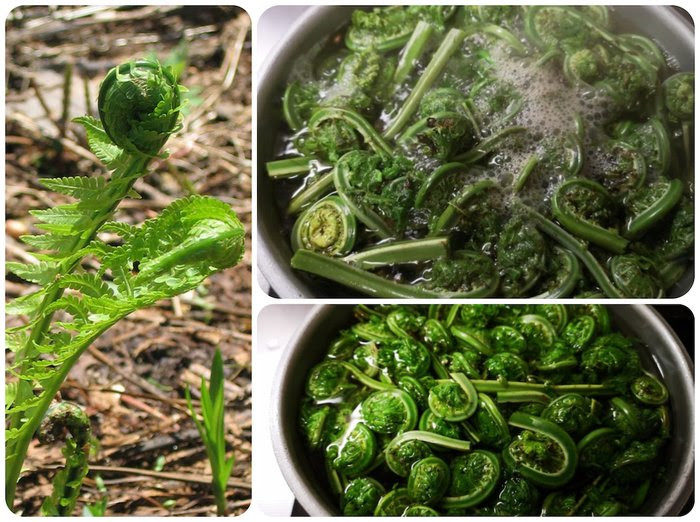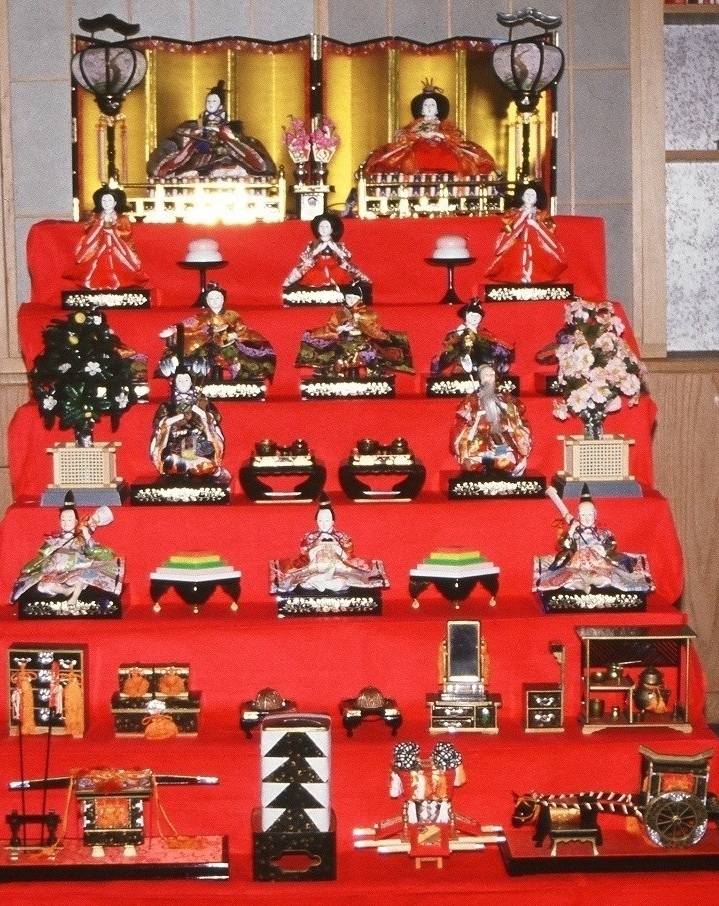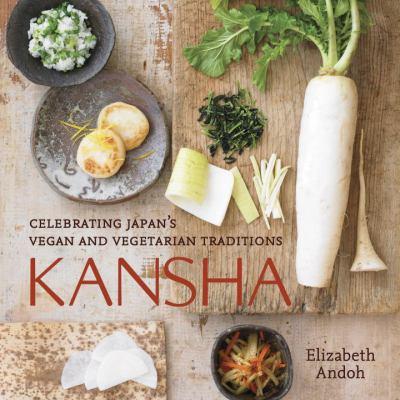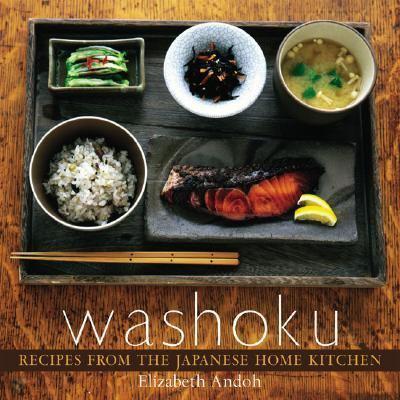
Dear friends, colleagues and those who have expressed an interest in the FOOD & CULTURE of Japan:
Kogomi (fiddlehead ferns) and other sansai (mountain vegetables) are foraged from woodland areas in Japan just as snow begins to melt and the promise of spring is in the air. Bitter foods such as sansai play an important role in Japanese cookery. For many the culinary allure lies in the ability of bitter foods to awaken winter-dormant taste buds and reinvigorate a hibernating metabolism.
But, as much as the Japanese appreciate how bitterness can stimulate appetite and improve digestibility, the expression hodo hodo (“just so much…”) also applies. And that is why many Japanese recipes will instruct the cook to perform what is called AKU NUKI, literally “bitterness removal.”

The word aku is written with calligraphy for ASH 灰 and BROTH 汁 and it accurately describes the ancient procedure of mixing alkaline ashes left in the hearth with water, then using this solution to tame enzymes that would otherwise make some foods inedible.
The Jomon peoples, a hunting/gathering society that lived in Japan during the Neolithic Period, performed aku nuki to render acorns and other nuts, seeds and many shrubs edible. They soaked them in various solutions including yaki myōban 焼みょうばん, or alum.
Alum is short for “aluminum potassium sulfate” and it has been used for millennia worldwide: the ancients Egyptians used it to fix dye to fabric and in ceramic glazes. In ancient China and Europe alum was used in various elixirs and medicinal brews. A hundred years ago alum was a pantry staple in households where home pickling and preserving was common practice — used to neutralize enzymes that occur naturally in many plants (fiddlehead ferns being one). Without performing aku nuki those plants would taste especially bitter, turn black and become slimy when boiled.
Kogomi prepared with yaki myōban (or baking soda — bicarbonate of soda — that has a similar neutralizing effect) renders the fronds vibrant with just a hint of bitter taste. Fiddleheads are an excellent source of vitamins A and C and are rich in niacin, magnesium, iron, potassium, and phosphorus. They are also rich in anti-oxidants and bio-flavonoids, which are plant chemicals that help protect against disease. I do hope you can source them near where you live. Then make some Fiddlehead Ferns in Tōfu Sauce using my KITCHEN CULTURE blog post to guide you in your kitchen.

Looking for recipes & resources? Explore KITCHEN CULTURE
Posts archived from June 2019 includes a guide to displaying hina ningyō dolls.

Follow me on FACEBOOK & Twitter.
Gifting Appreciation at Table: KANSHA

Gifting Harmony at Table: WASHOKU

CRAFTSY is BACK! Join me ONLINE Autographed bookplates available. Send your request to: info@TASTEofCULTURE.com In the subject line write: BOOKPLATE. In the message include your full name and complete postal address as it should appear on the envelope used to mail you the bookplate. Include the country and any zip codes. Provide the name of the person to whom the autograph should be inscribed (spelled EXACTLY as it should appear in the inscription).
Stay connected.
I’m looking forward to your comments on the items I post to my Facebook page!
I do hope you like it!
Elizabeth Andoh
A Taste of Culture
Culinary Arts Program
Setagaya-ku, Tokyo 158-0095, Japan

Comments
thankyou for your help i will aku nuki some home gtown fuki tomorrow